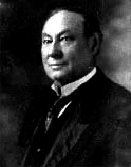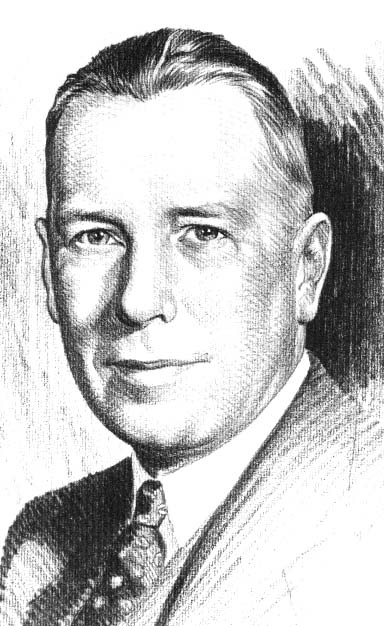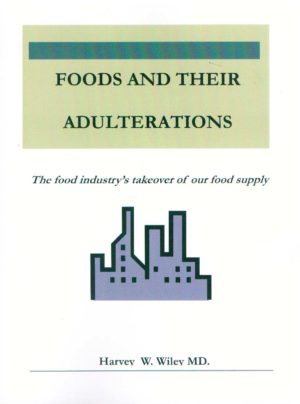Harvey W. Wiley, MD.
(1844-1930)
Harvey W. Wiley, MD.
(1844-1930)

In the 1880s, when Wiley began his 50-year crusade for pure foods, America’s marketplace was flooded with poor, often harmful products. With almost no government controls, unscrupulous manufacturers tampered with products, substituting cheap ingredients for those represented on labels: Honey was diluted with glucose syrup; olive oil was made with cottonseed; and “soothing syrups” given to babies were laced with morphine. The country was ready for reform and for Wiley.
Born in a log cabin in 1844 on a frontier farm in Indiana, Wiley spent his early years helping plant and harvest the crops. His father, the local schoolteacher, saw to it that his children had a basic education and Wiley was able to go on to college. He graduated with a medical degree at Indiana Medical College and a science degree at Harvard. By his late 30s, he was a professor of chemistry at Purdue University.
Then, in 1883, he was persuaded to give up academic life and move to Washington, D.C., as chief chemist in what is now the Department of Agriculture. His main task was to support the new agricultural industries, but he was also able to continue his private passion, developing tests for food purity.
In the 1880s and 1890s, pure-food bills were introduced into Congress–largely through his work–and all were killed. Powerful lobbies had already established themselves. So Dr. Wiley decided to bring his cause to the public, and with a budget of $5,000, he organized in 1902 a volunteer group of healthy young men, called the Poison Squad, who tested the effects of chemicals and adulterated foods on themselves. Women banded together, notably in the Federated Women’s Clubs, for political clout. Major canners became supporters of the legislation and voluntarily abandoned the use of questionable chemicals. Finally, the battle was won on June 30, 1906, when President Theodore Roosevelt signed the Pure Food and Drugs Act, largely written by Wiley, who had been appointed to oversee its administration.
The battle had been won–but not the war. Wiley had many adversaries in Congress and in the food and patent-medicine industries, and in 1912 he was forced to leave his government post. One of the headlines of the day read: WOMEN WEEP AS WATCHDOG OF THE KITCHEN QUITS AFTER 29 YEARS.
Before he left the government, Wiley had been sought to set up and direct the Bureau of Foods, Sanitation, and Health for Good Housekeeping. The magazine, begun in 1885, had already created the Good Housekeeping Institute laboratories to ensure the reliability of its editorial pages. Once Wiley was on staff, with his own chemistry laboratories in Washington, D.C., where he could monitor government activities, he continued his fight for pure foods from the pages of the magazine.
In his 19 years as director of the bureau at Good Housekeeping, he led the fight for tougher government inspection of meat; for pure butter unadulterated with water; and for whole wheat flour, which growers were mixing with other grains. The bureau analyzed food products and published the findings; its “Tested and Approved” seal became the coveted symbol of responsible industry, and the Good Housekeeping Seal remains the pre-eminent consumer emblem.
In 1914, Wiley and Anne Lewis Pierce wrote a groundbreaking Good Housekeeping exposé on obesity cures, called “Swindled Getting Slim.” The article described ways diet hucksters sold products, ranging from misleading to downright fraudulent, without getting caught by government regulators. In 1921, Wiley’s crusading articles contributed to the passage of the Maternity Bill, which allocated Federal funds for improved infant care–and led to a reduction of the appalling infant mortality rate.
Remarkably prescient, Wiley in 1927 expressed his suspicion that the use of any form of tobacco might be harmful and that it might promote cancer. Because of mounting evidence confirming Wiley’s early warnings, Good Housekeeping stopped accepting cigarette ads in 1952, 12 years before the U.S. Surgeon General issued a report detailing the health hazards of smoking. Dr. Harvey Wiley died in 1930 at the age of 86 and was buried at Arlington Cemetery in Washington DC.
Showing all 2 results



